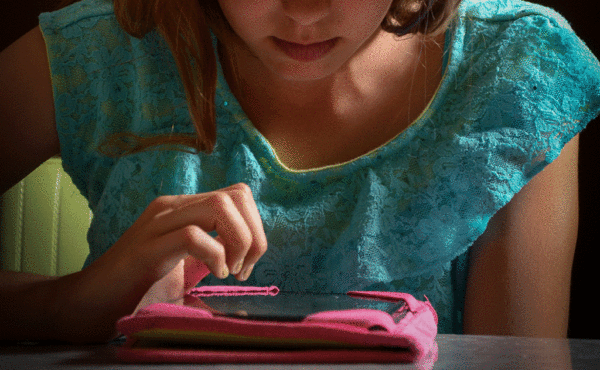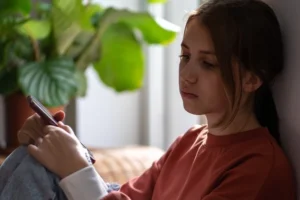There are many important milestones in a child’s life that parents have concerns about dealing with, like potty training or the first day at school.
However, once these moments have been overcome (with a level of success) parents can look back with a smile and happy memories. I wonder if this experience can also be linked to a child’s first steps towards using the internet on their own.
According to latest reports from Ofcom (the communications regulator) we know that children start using the internet at a very early age (3 or 4), typically on a tablet and increasingly their own tablet not just one that they’ve borrowed from a parent or a sibling.
So, what are the best ways that parents can prepare for their children joining the digital revolution?
There is no simple answer because every child is different and every family is different. However, with children as young as 3 or 4 there is a limit to what you can expect to achieve simply by telling them about the do’s and don’ts even though that probably still has some role to play.
Monitoring and managing a child’s digital life
If children as young as 3 or 4 are given access to a tablet or a games console many parents will probably turn off the internet connection altogether or turn it off after they’ve downloaded lots of games and early learning materials. Many of which are free or inexpensive.
If there is a good reason to go online – say to Skype Granny in Australia – parents will ensure they’re sitting with their child closely and supervising what is going on. If there‘s a need to use a search engine or see the wider internet, some parents will also use filtering tools for extra protection against the possibility of age inappropriate material popping up on the screen.
Online safety tips as they grow
As children get a bit older and start getting homework assignments or wanting to more independence online the idea of close, constant supervision becomes impractical, especially as they probably have a smartphone or tablet. The fact is it’s probably difficult to try to stay too intimately involved.
These early stages of getting know the internet are a bit like learning to ride a bicycle. It’s ok to keep the training wheels for a time but eventually they’ve got to come off. Children have to show that they can handle the bike on their own otherwise you’d never let them go anywhere other than to the bottom of your street. And children need a bit of space and privacy. It’s all a natural part of growing up.
When talking about e-Safety becomes essential
It’s at this stage that “the e-safety talk” definitely becomes more important and this will often involves many parents first looking up on some aspects of how the internet works and how young people are using it. The Internet Matters site really comes in handy for parents at this point. It‘s full of useful material that can help parents learn about important e-safety issues their children may face.
Whatever clever tools might be available to help parents – and there are lots – nothing beats awareness and knowledge. Parents can help their children not only to understand the rules they want them to use on the internet but also the reasons for them.
This is not just about why they should avoid porn sites or games which contain violence. It‘s also vital that children are taught to make smart choices online and be able to tell the difference between information that is true or fake.
Talking about how to act online
Crucially, there is also that bit of “the e-safety talk” which addresses behaviour. That’s about how to respond to other people children meet online and how they should behave towards others. Cyberbullying is the No. 1 concern for most kids online so this is a vital aspect of what needs to be discussed.
Teaching children the following can help them stay safe if they have to deal with this issue: Don’t be a cyberbully, don’t allow yourself to be cyberbullied and do not stand by if you see others getting involved in cyberbullying. Speak up. Speak out and know where to go get help.
Getting in control of broadband filters
To help parents the main four broadband providers offer filters to limit the inappropriate content a child might see.
These tools work at “network level” which is a geeky way of saying that once they’re turned on every device in your home that accesses the internet will be covered. They can be a great first practical step to proctect children from content that may not be age appropriate.
Although the filters are great for helping to control the sort of content that can be accessed online, they cannot help you detect if your child is being cyberbullied or facing other types of behavioural based online issues. This is where the “e-safety talk” becomes essential to understand they are doing online and how it is affecting them.
Staying engage and informed in a child’s digital life
It’s difficult to give any sort of blanket advice in this area but I am going to risk giving you one: from time to time sit down with your child and ask them to show you the sites they visit most frequently and if there is anything there that concerns you, it’ll be a natural jumping off point for a conversation.
Perhaps even more importantly these days ask your children to show you the social media apps or sites they are using and take you through who their friends are or who the people are with whom they are in contact with.





